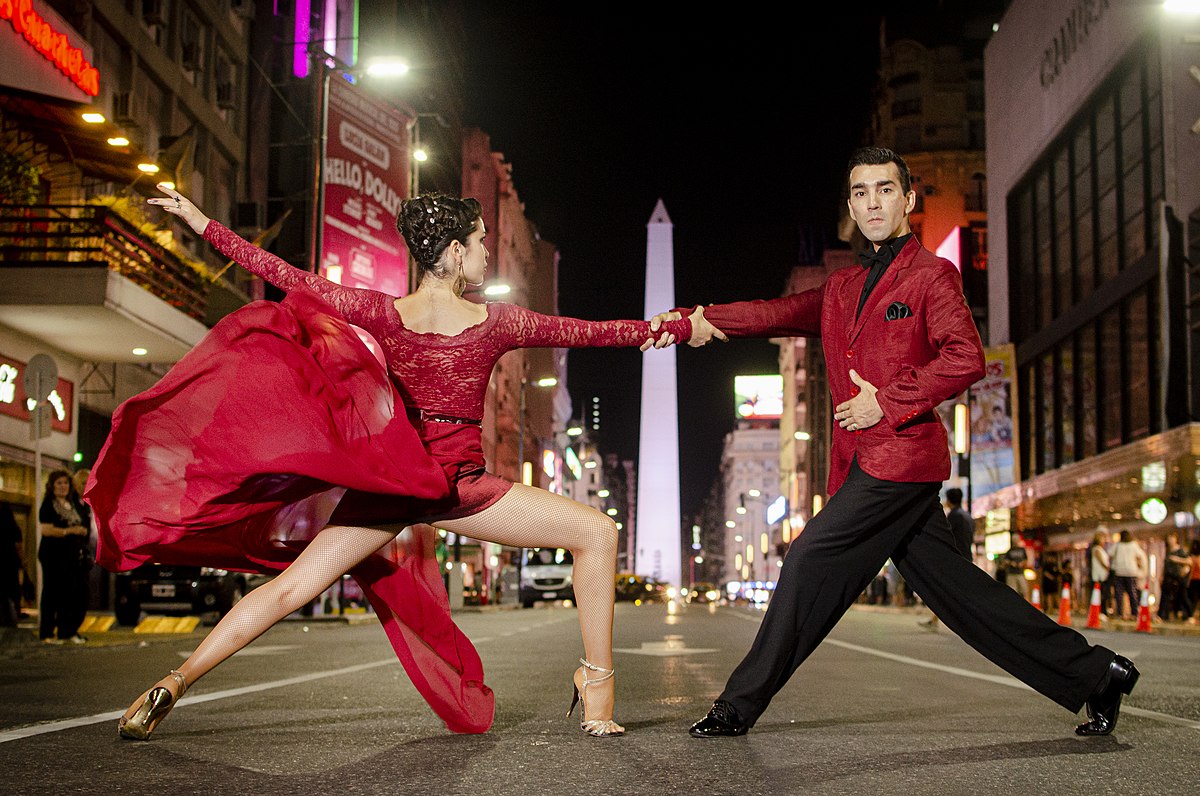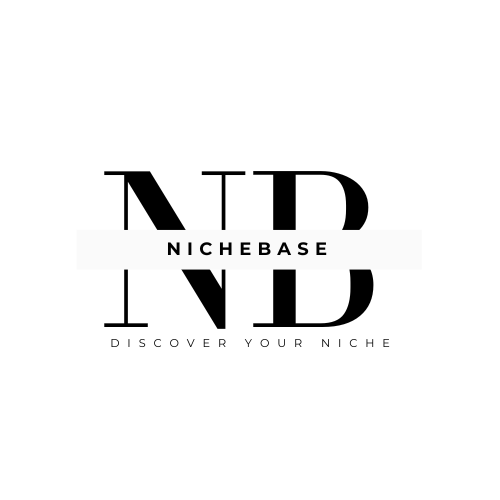
What Makes Tango Music So Creative?
Tango music is more than just a genre; it’s a medium that sparks the imagination and fuels the creative processes of artists across many disciplines. Whether you’re a musician, a dancer, or a visual artist, the emotional depth and rhythmic complexity of tango music offer endless possibilities for creative expression. In this article, we’ll explore how tango inspires creativity and why it continues to influence artists in 2024.
The combination of intricate rhythms, passionate melodies, and a deep cultural heritage creates a unique atmosphere that stimulates the mind. Tango music, with its distinct beats and emotional intensity, encourages artists to explore new ideas, challenge boundaries, and create works that resonate with audiences worldwide.
How Does Tango Music Influence Musicians and Composers?
Tango music has long been a source of inspiration for composers and musicians. The genre’s ability to blend complex rhythms with soulful melodies makes it a fertile ground for musical innovation. Many modern musicians draw on tango’s unique musical characteristics to inspire their own compositions, whether through the use of traditional instruments or by incorporating contemporary sounds and techniques.
One of the key aspects of tango that inspires musicians is its rhythmic complexity. The syncopated patterns in tango allow for a wide range of creative exploration, encouraging musicians to experiment with time signatures, tempo changes, and instrumental textures. Additionally, the emotional depth of tango, often reflective of longing, love, and passion, provides musicians with a powerful source of expression.
1. Rhythmic Innovation in Tango
The distinctive rhythms of tango often serve as a foundation for musical experimentation. Tango musicians can play with rhythm by using instruments like the bandoneón or piano to create complex patterns. The result is a sound that is both lively and intimate, evoking a range of emotions. Artists can experiment with this rhythmic structure in ways that push the boundaries of the genre.
The syncopation in tango allows musicians to deviate from predictable musical patterns, offering a canvas for improvisation. Many contemporary composers incorporate tango rhythms into their work, merging the traditional with the modern. Tango rhythms have even inspired genres like jazz, where musicians borrow from tango’s syncopated beats to create new interpretations.
2. The Emotional Impact of Tango Melodies
Beyond rhythm, the emotional content of tango music plays a critical role in inspiring creativity. The melodies of tango often tell stories of passion, longing, and romance. These emotional landscapes give musicians a platform to evoke feelings that resonate with listeners. Musicians find themselves tapping into the emotional depth of tango to bring their compositions to life.
Tango melodies also encourage the exploration of contrasting moods. For instance, a tango piece may begin with a melancholic melody and then suddenly shift to a more upbeat or celebratory theme. This dynamic contrast allows musicians to explore various tonalities and moods, adding layers of complexity to their compositions.
What Role Does Tango Play in Dance and Choreography?
Tango is not only a music genre, but it is also a deeply expressive dance form that has inspired countless choreographers and dancers over the years. The music’s rhythms and melodies provide the foundation for movements that express emotion, passion, and storylines. For dancers, the intricate footwork, sudden pauses, and body movements are inspired by the music, making tango a highly creative and expressive art form.
Tango dance offers artists a way to communicate emotions and stories through movement, drawing directly from the music’s intensity and passion. As the music changes in tempo or mood, dancers adjust their movements accordingly, creating an ever-evolving performance. This dynamic relationship between music and dance fosters a unique sense of creativity that can be interpreted in various ways by different artists.
1. Improvisation in Tango Dance
Improvisation plays a significant role in tango dance. Just as tango music allows for interpretation, tango dancers have the freedom to improvise movements, reacting to the music and each other. This improvisational element of tango dance encourages creativity by allowing dancers to explore new ways of moving, discovering unique ways to interpret the music, and express personal emotion through the body.
The connection between music and movement is key to tango dance creativity. The unpredictability of tango melodies, with their sudden changes in rhythm and mood, prompts dancers to remain flexible and adaptive, making each performance a one-of-a-kind experience.
2. Visual Expression in Tango Performance
The visual aspect of tango dance offers another layer of creative inspiration. Choreographers use the music’s emotional intensity to design movements that express the underlying stories told through the music. The angular, dramatic poses in tango dance are often a direct response to the music’s crescendo or pause, making the dance itself a visual representation of the music’s emotional range.
As tango evolves, choreographers are increasingly blending contemporary dance styles with traditional tango movements. This fusion gives rise to creative new forms of tango performance, appealing to both traditional tango enthusiasts and modern dance lovers.
How Does Tango Inspire Creativity in Visual Arts?
Tango’s influence extends beyond music and dance into the visual arts. The vibrant energy and emotional depth of tango make it a natural subject for painters, photographers, and filmmakers. Whether capturing the elegance of tango dancers in motion or interpreting the themes of passion and longing, tango offers visual artists a wealth of inspiration.
The dramatic lighting, fluid movements, and emotional storytelling of tango create compelling imagery for visual artists. Tango artists often find themselves drawn to the way dancers’ bodies intertwine, creating visually stunning compositions that convey emotion, intimacy, and movement.
1. Tango in Painting and Photography
The powerful movements of tango dancers make for dynamic and expressive subjects in both painting and photography. Artists can capture the elegance of tango poses or focus on the emotional connection between dancers. The interplay of light and shadow during a tango performance is often explored by visual artists, enhancing the sense of drama and passion that is inherent in the dance.
Tango-themed artworks often explore themes of love, heartbreak, and desire, giving artists an opportunity to delve into universal human emotions. These themes are central to tango music and dance, making it a rich source of visual inspiration.
2. Tango in Film and Media
Tango has also inspired filmmakers, who use its music and themes to tell compelling stories. The emotional intensity of tango music is often incorporated into film soundtracks to evoke strong emotional reactions from the audience. Tango dance scenes in films are famous for their visual appeal, conveying passion and drama through every movement.
Filmmakers have used tango to explore a wide range of emotions, from romantic longing to tension and conflict. The film’s visual style, combined with the music, can create a visceral experience that transports the audience into the world of tango.
Where Can You Experience Tango Music and Its Creative Influence?
Whether you’re a musician, dancer, or visual artist, experiencing tango music in its full creative glory is essential. Platforms like Mp3Juices and Tubidy offer access to a wide range of tango tracks, allowing you to immerse yourself in the sounds that inspire so many artists. These platforms give you the opportunity to explore new tango compositions and discover how they have been interpreted across different art forms.
Tango music’s influence can be felt in creative spaces around the world, whether through live performances, dance exhibitions, or visual art galleries. As tango continues to evolve in 2024, it will undoubtedly remain a powerful source of inspiration for artists everywhere.
Conclusion: The Enduring Power of Tango as a Creative Force
Tango music’s ability to inspire creativity in artists is undeniable. Whether through its emotional depth, rhythmic complexity, or dramatic impact, tango offers endless possibilities for artistic expression. As the genre continues to evolve, it will undoubtedly remain a source of inspiration for musicians, dancers, and visual artists alike. The passionate and evocative nature of tango ensures that it will continue to ignite creativity for years to come.





Leave a Reply